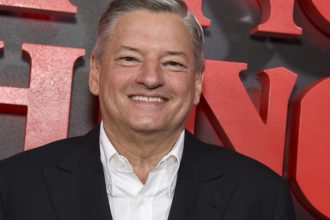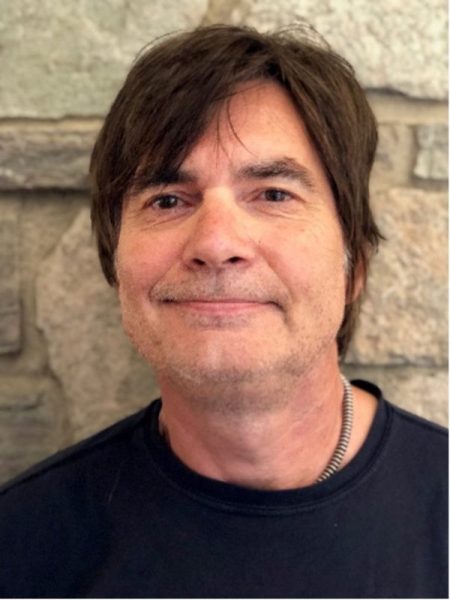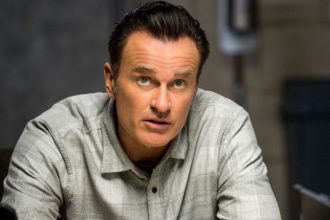Over the last 30 years, sound designer and composer Matt Temple has steadily shaped a distinctive path through film, television, and the music audio landscape. Known for his top-tier projects and a portfolio that spans both Hollywood productions and independent experimental works, Temple’s career reflects technical discipline and creativity.
From his academic success to award-nominated achievements, Temple’s journey outlines the evolving role of sound in contemporary media and the continued relevance of a hands-on, exploratory approach to the art of audio.
Born in 1963 in New York, Matt Temple developed a deep interest in music and sound from an early age. This passion led him to pursue formal education at the Berklee College of Music in Boston, one of the leading institutions for contemporary music and audio technology.
Enrolling in 1984, Temple focused his studies on composition and sound design, graduating in 1989 with a firm grounding in musical theory and emerging technologies in sound production. Rather than immediately diving into the entertainment industry, Temple remained at Berklee after completing his degree, transitioning into a faculty role.
During this period, he taught courses on audio post-production and the foundational elements of sound design. His time as an educator allowed him to refine his technical understanding and guide a new generation of sound artists. This early phase in academia shaped his methodical approach to sound and set the stage for his future career.
In the 1990s, Temple moved to Los Angeles, aligning himself with the heart of the film and television industry. He joined Sony Pictures as a sound designer and supervisor, contributing to various productions that required high-level audio post-production.
A notable milestone in this period was his work on The Passion of the Christ (2004), directed by Mel Gibson. The film’s immersive and intense audio atmosphere was a key part of its overall impact, and Temple’s contributions were integral to its sonic design.
As his experience in the industry grew, Temple expanded his reach into serialized television, taking on sound design roles for several high-profile series. Among the most prominent were Ozark, Better Call Saul, and Fargo, noted for their sophisticated use of sound to build tension, character depth, and narrative pacing.
His work on these projects earned massive recognition, resulting in five nominations for the Primetime Emmy Awards. In 2017, he received the Golden Reel Award from the Motion Picture Sound Editors (MPSE) for his contributions to Ozark. In parallel with his work in mainstream media, Temple established his own post-production studio, Temple Sound Design, in 2000.
The studio provided him with a platform to work on a wider variety of projects, including those outside the constraints of major studio systems. Through Temple Sound Design, he collaborated with independent filmmakers, digital content creators, and streaming platforms, offering comprehensive sound design and post-production services tailored to various formats and budgets.
Beyond screen-based media, Temple has also maintained an active presence in music composition. Beginning in 2020, he released The Covid Kids, his debut album featuring nine original tracks. This project started a new creative chapter on experimental and genre-blending musical works.
He followed up with several more releases: 2021 (2021), Slowed Motion (2022), The Cube (2023), and Fungus (2024). These albums reflect a broad sonic palette, incorporating urban, electronic, and ambient music. Temple’s compositions often defy traditional genre classification, emphasizing atmosphere, rhythm, and layered textures. As media changes and new formats surface, Temple’s work offers a model for adaptability and depth in the audio field. His career shows how sustained engagement with sound can contribute meaningfully to the storytelling experience across platforms.












